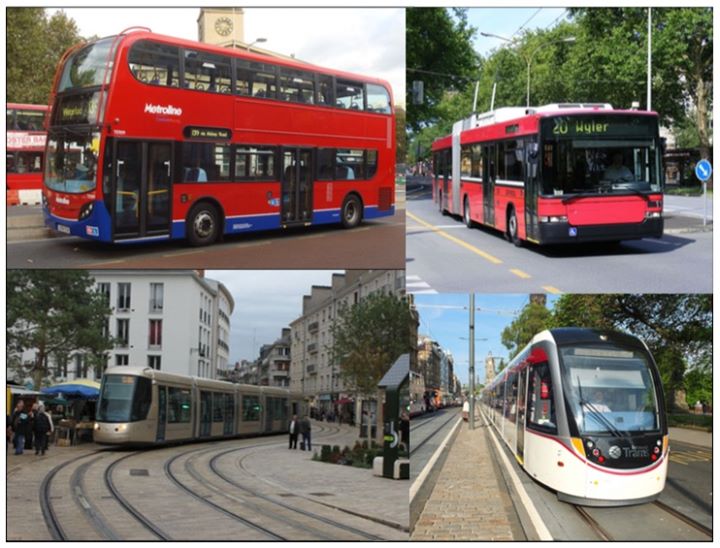Board of Inquiry findings must be respected and followed
- We believe that the findings of both the Board of Inquiry into the Basin Bridge Proposal Decision in August 2014 and the High Court Appeal Decision against the Report and Decision of the Board of Inquiry into the Basin Bridge in August 2015 must be respected and adhered to.
The Basin Reserve must be preserved and protected
- Any transport proposals around the Basin Reserve must take into account the significance of the Basin Reserve. This does not just mean the piece of land bounded by a fence. The Basin Reserve is an Historic Area registered by the Heritage New Zealand. It is a unique environmental and heritage feature, which helps define Wellington and plays an important role in collective memory and current and future recreational activities.
- The amenities of the world-famous, historic cricket ground and community space must be protected.
- The Reserve status of the Basin Reserve must be respected and protected.
The Basin Reserve Precinct must be preserved and protected
- The setting of the Basin Reserve – the area surrounding it – is essential to its significance and meaning. It has a considerable number of historic heritage places of significance at a National and / or Regional level. These include The Basin Reserve, Canal Reserve, Government House, Kent and Cambridge Terrace, Home of Compassion Crèche, the National War Memorial Park, the former national museum building (now Massey University), the Police Barracks and Mount Victoria Character Area.
Transport
- STBC was formed to preserve and protect the historic character of the Basin Reserve area and promote high quality urban design and environmental management in it, as it was threatened by the proximity, noise and pollution of a proposed flyover which would be dedicated to vehicular traffic.
- STBC continue to work toward these objectives by advocating for reducing vehicular traffic around the Ground.
- While STBC’s focus is on the Basin Reserve, we generally support priority being given to public transport and improving cycle and pedestrian movement as these encourage active transport and a move away from dependence on private motor vehicles.
- Traditional vehicular transport in western urban centres is on the point of undergoing a radical change, not least due to the need to urgently reduce greenhouse gas emissions from transport. Building more ‘traditional’ roads in this rapidly changing environment is not prudent.
- STBC believes actions such as transport demand management and light rail should be implemented and their performance measured before increased road capacity or a second Mt Victoria tunnel is built.
Second Mt Victoria road tunnel
- A second road tunnel will significantly increase traffic, including heavy traffic, and will therefore also increase traffic around the Basin Reserve.
- Southern Mt Victoria is an integral part of the Basin Reserve precinct. The social, heritage and environmental qualities of the area must not be adversely affected.
- The area includes some 4,000 children attending schools in the Precinct, and residents of southern Mt Victoria. Adverse effects would include increased noise, vibration and pollution from increased number of vehicles, particularly heavy vehicles.
- The Mt Victoria Character Area of the southern end of Mt Victoria, including properties such as Ettrick Cottage, William Waring Taylor’s 1869 house and other Victorian and Edwardian residences, must be protected.
Therefore, the Save the Basin Campaign Inc. opposes the development of a second Mt Victoria road tunnel.
Here’s the Save the Basin Campaign Inc. Position Statement 2019 as a downloadable PDF.

